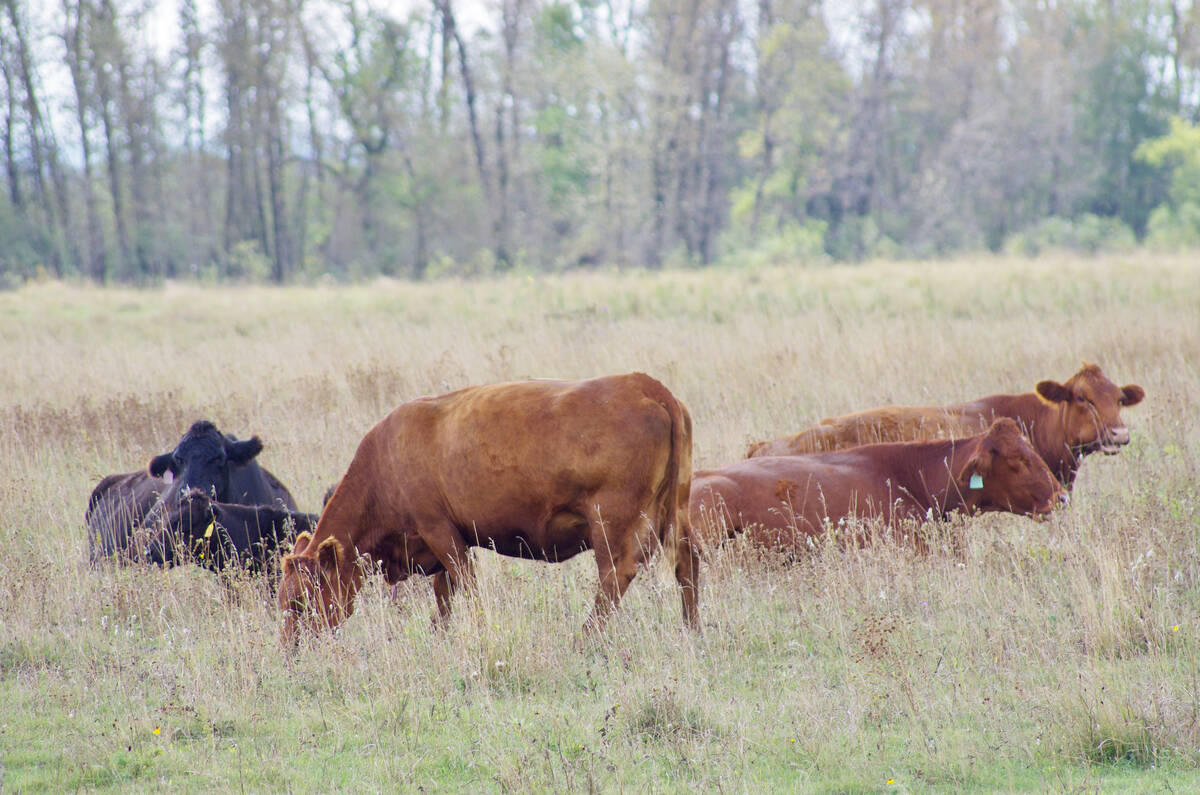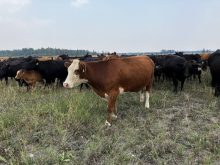Approval is expected Saturday for a new global food safety standard which could help clear Canadian exporters’ ongoing use of a medicated feed ingredient to boost meat yield in hogs and cattle.
Ractopamine hydrochloride is marketed in Canada by U.S. animal health giant Elanco, under the name Paylean 20 premix for hogs and heavy tom turkeys, and as Optaflexx 100 premix for finishing beef cattle.
Elanco on Thursday reported that the Codex Alimentarius Commission, during its session this week in Rome, has decided to adopt an acceptable daily intake (ADI) and maximum residue levels (MRLs) for the product in pig and cattle muscle, fat, liver and kidney.
Read Also

U.S. livestock: Chicago cattle futures climb on post-Thanksgiving trade
Chicago | Reuters – Chicago Mercantile Exchange’s live and feeder cattle futures ticked up on Friday in a day of…
Codex’s decision on ractopamine doesn’t become official until the commission’s report is finalized Saturday (July 7), Elanco said.
The commission was set up almost 50 years ago as the main organ for the joint food standards program of the United Nations’ Food and Agriculture Organization (FAO) and World Health Organization (WHO).
Its global food safety standards are the commonly-accepted international food safety reference points. Its standards are considered to be recommendations for "voluntary application" by member nations, but serve in many cases as a basis for national legislation.
Codex food safety standards are also referenced in the World Trade Organization’s (WTO) Agreement on Sanitary and Phytosanitary Measures. WTO member nations that want to apply food safety measures beyond those set by Codex could be required to justify these measures scientifically.
In this case, ractopamine has been approved for use in Canada since 2006, and is approved in the U.S., Mexico and a handful of other countries, but ins’t yet allowed for farmers’ use by many other nations, most notably China and the members of the European Union.
China has blocked imports of Canadian pork since 2007, citing potential residues of ractopamine.
A Codex reference point for ractopamine, however, "helps assure consumers that their food is safe," Elanco president Jeff Simmons said in a statement Thursday.
"Confusion"
Elanco, an arm of drugmaker Eli Lilly, describes ractopamine as a feed ingredient to direct nutrients from fat to lean protein, helping increase the yield of lean meat from cattle and hogs.
Approved on the Canadian Food Inspection Agency’s list of medicating ingredients in livestock feeds, Paylean contains ractopamine at 20 grams per kilogram; Optaflexx is approved at 100 g/kg.
Ractopamine, a beta-adrenergic agonist, is approved in Canada for a claim of increased carcass leanness and dressing percentage, and improved feed efficiency rate of gain in finishing barrows and gilts.
Fed to beef cattle weighing over 400 kg, ractopamine has an approved claim for increased rate of weight gain and improved feed efficiency in beef cattle, fed in confinement during the last 28 to 42 days prior to slaughter.
The product also has an allowed claim for increased feed efficiency and rate of weight gain in finishing heavy tom turkeys when it’s fed to the birds for the last 14 days before slaughter.
"Today, the Codex commission proved they are willing to trust science and make decisions based on facts rather than politics," Kathy Simmons, chief veterinarian for the U.S. National Cattlemen’s Beef Association, said in a separate release Thursday.
Ractopamine, she said, is recognized by the U.S. Food and Drug Administration (FDA) as a safe feed additive, but the lack of international MRL standards has caused "confusion."
When countries, in absence of a Codex standard, adopt standards "not based on science," they create "an unnecessarily volatile trading environment for U.S. exporters who are reluctant to ship products to countries with non-science based testing regimes," the NCBA said.
Related stories:
Global standards wanted after China blocks pork, Sept. 19, 2007
Canada cattle herd to shrink despite trade wins, Feb. 1, 2012














